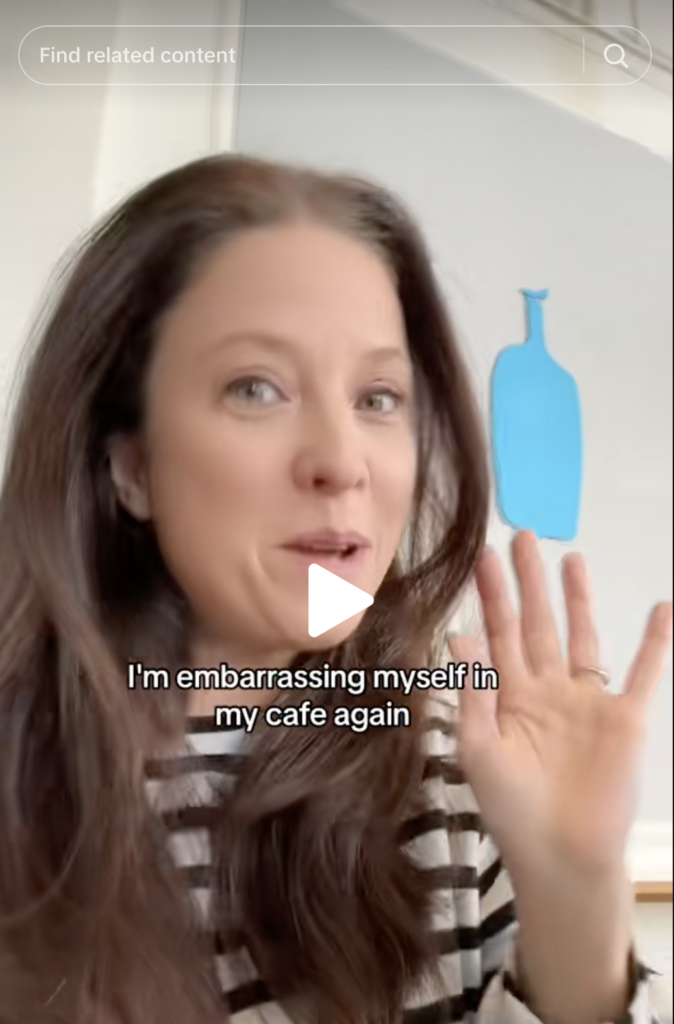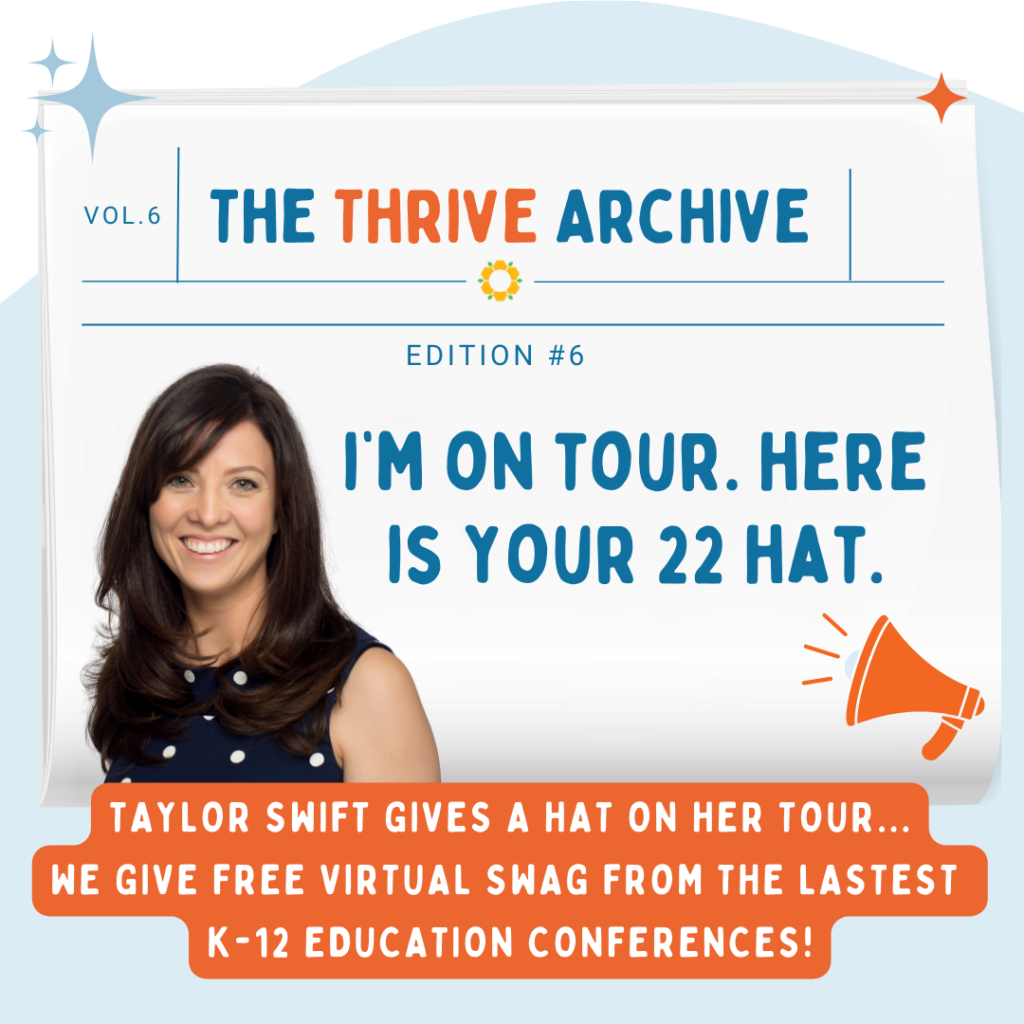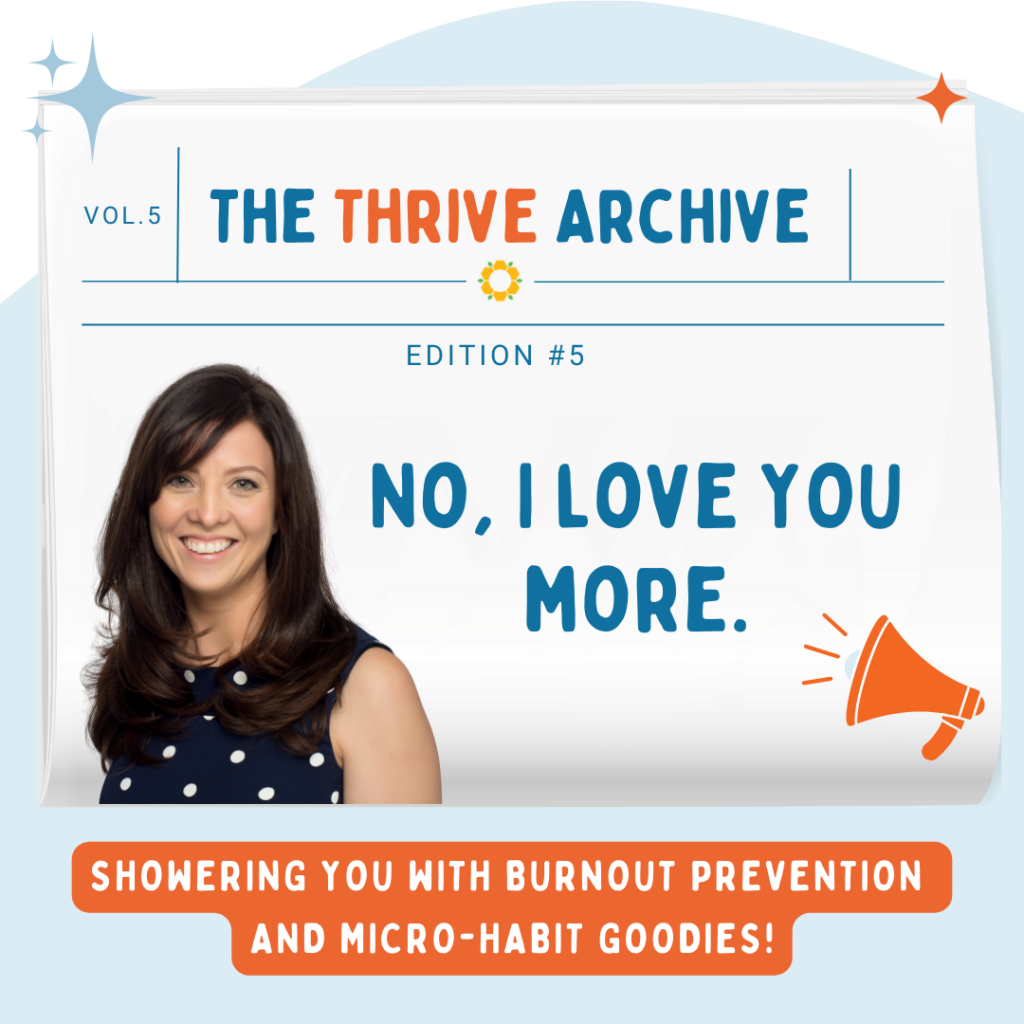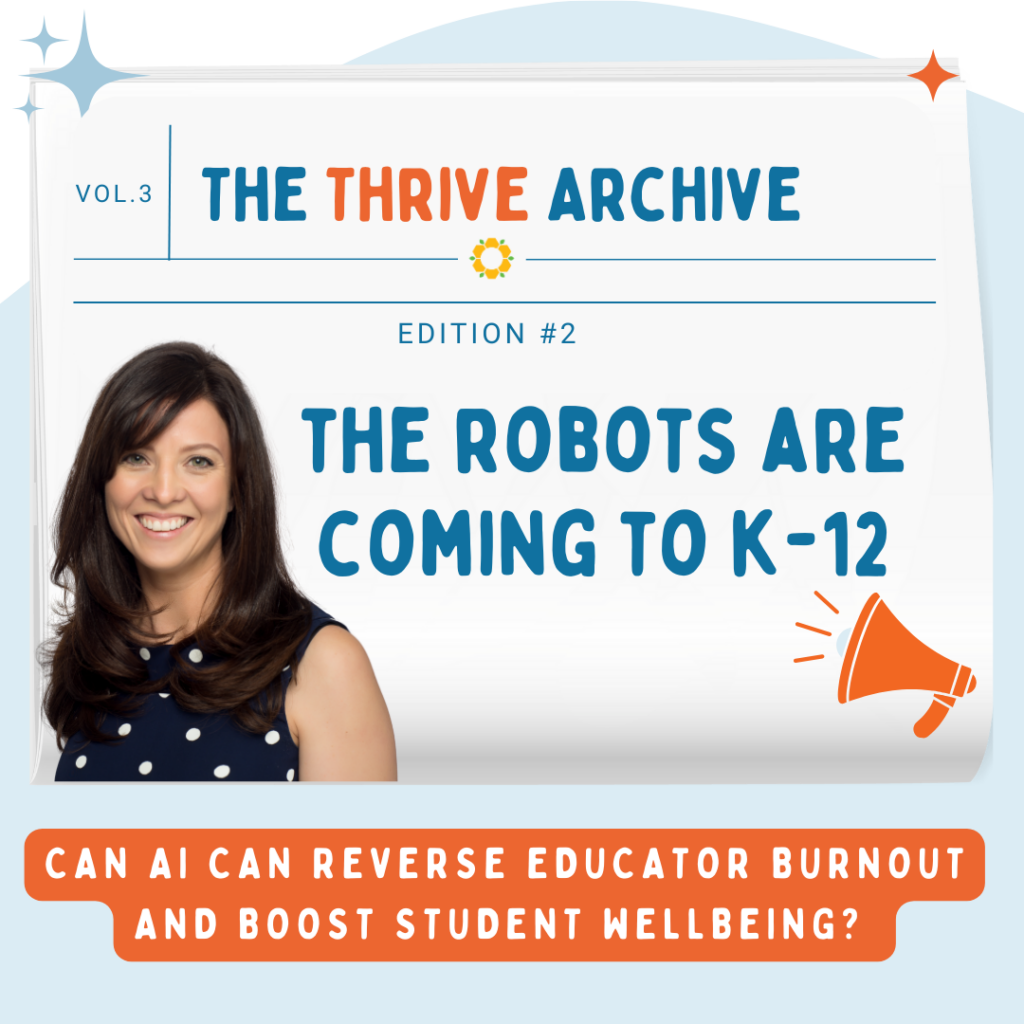- News
So many of us set New Year’s Resolutions with the idea that a fresh start in a new year will create a better version of ourselves. As educators, we vow to work out at the gym more to handle our stress, take up mindfulness to be more patient and present, or, for many school psychologists like me, we pledge to not take work home anymore to protect our downtime. New Year, New Me, right?!?
Erm…Kind of. I mean, I don’t turn into a whole new person just because the clock strikes midnight and I make a 2024 vision board and a bunch of wellness goals. In fact, research shows only 9% of Americans that make resolutions complete them. In fact, it’s the first week of January, and I’ve already broken my resolution, as I’m working on a Sunday right now. Oops!
What if we thought about goals less like a big ol’ change and more like an iPhone update? I mean, the iPhone is awesome as is, but a few upgrades and updates each year make it slightly better. Instead of wishing we were a totally different “phone,” can we just upgrade our burnout prevention software this year? Like a “You.0” kind of thing?
What would that look like? There are probably a whole lot of small micro-habits that boost self-compassion on the job (talking to yourself with kindness and treating yourself like you would a best friend) and off-the-job self-care (closing the stress cycle with neuroscience-backed ways to reboot).
Here’s a fun little calendar I designed just for this purpose. It’s specifically for educators to turn wellness goals into “too small to fail” action steps!

Burnout Prevention is More than Self-Care
And while I love a good #selfcaresunday (which it appears I am not particularly good at implementing), self-care alone is not enough. When we focus burnout prevention efforts on personal self-care activities, we ignore the reality that stress is not just a worker issue but a workplace issue. Our collective burnout is not a personal self-care fail!

Further, when we rely solely on self-discipline to make time for self-care as a solution to burnout, we are not taking into account the significant effects of situational factors or our environment. We need to look at the source of the stress.
I recently surveyed educators in my Thriving Students Collective community, and here’s what they told me were their top stressors:
- Lack of resources to support kids with mental health and behavioral challenges
- Lack of support, compassion, and understanding about their struggles
- Lack of training and support to address the complex learning and emotional needs of their students
- High caseloads for school psychologists and other mental health professions and not enough personnel to address student needs
In this context, is it any wonder why we continue to work on weekends to keep up? Or that we feel too tired for self-care? So instead of trying to use sheer willpower to reach our wellness and teaching goals, what if we worked systematically to alleviate the stress in the first place?
Self-care is a downstream intervention. While important, we need to simultaneously work upstream to see what is causing the chronic stress.
Mental Health Needs Up, Bandwidth Down
This recent article from the American Psychological Association is a must-read about the upstream issue of a lack of school psychologists to address student mental health and learning issues.
Here’s some staggering statistics and key points:
- In 2021, 42% of high school students and 57% of teen girls said they felt persistently sad or hopeless, according to a U.S. Centers for Disease Control and Prevention report—the highest rate in 10 years (Youth Risk Behavior Survey Data Summary and Trends Report [PDF, 9.88 MB]).
- In 2021, according to the CDC report, 10% of high school students attempted suicide, and 22% seriously considered it.
- Among high school students, rates of chronic absenteeism (defined as missing 10% or more of school days) has nearly doubled from about 15% to 30% since the pandemic, according to an analysis of national data.
- For younger kids, educators report seeing more aggressive behavior, dysregulation, bullying, and disruption—a lack of emotional regulation that appears linked to isolation during the pandemic.
- With a growing mental health crisis among young people—a trend both exacerbated and illuminated by COVID—the need for school psychologists is multiplying, but school psychologists are in short supply
- The shortage is notably extreme in rural areas and certain parts of the country, especially southern states. In Mississippi, according to the best available data, there is one school psychologist for every 9,292 students. In New Mexico, the ratio is 19,811 to one. In rural Colorado, it’s 2,128 to one, compared with 942 to one in the state overall.
- There is also a strain on the pipeline. Many university PhD programs, which take six or more years to complete, graduate just a handful of school psychologists a year.
Not only is this a source of stress for school psychologists (90% report feeling burned out), but it is also a primary source of stress for teachers, as the shortage results in having many students in their classrooms with unmet needs.
So what can be done?
Burnout Prevention for School Psychologists
I’ve been sounding this shortage and burnout alarm bell for a while now, ever since my early blogging days and in my School Psychologist’s Survival Guide book in 2011. What I’m seeing now in the field is that the pandemic crisis has turned the alarm bell into a blaring siren for support.
Even if district leaders have open positions for more school psychologists, the reality is that there is a significant shortage of applicants, particularly in high-need and rural areas.
In this climate, it is imperative to provide our current school psychologist workforce with burnout prevention support.
If you’re a school psychologist or support school psychologists, check out the Thriving School Psychologist Collective, our signature online course and community, which has been shown to reduce burnout and turnover and expand school psychologists’ roles to more preventative services.

If you’re a school psychologist, you can still hop into the January 2024 cohort! If you join before January 17th, you will get to hop on our next Zoom workshop, “5 Time Management Hacks for School Psychologists,” which includes a brand new guide to using AI to automate reports!
Click here and use code NewYear24 to get $100 off!
If you’re a district leader interested in retaining and up-skilling your school psychologists to support the growing needs of students, click here to chat with us!
Reverse Educator Burnout Course
Before we stack any more Tier 1 or 2 student interventions or initiatives on busy educator’s plates, we need to work at “Tier 0″—uplifting and empowering them.
Through a combination of micro-habits for wellness and looking “upstream” at how to address systemic stress, this “press play professional development” masterclass boosts morale and skills for individual educators and whole-school communities.

We’ve dropped the price by 70% for our New Year’s special, so now is the time to lock it in! You can get this for yourself or your whole school community at the discounted rate if you reach out by January 10th, 2024!
Where to Find Me this Month
I’m delighted to be headed back to Palm Desert to be a featured speaker at the Association of California School Administrators(ACSA) Every Child Counts Symposium!

We know that students with disabilities spend 80% of their day in general education, yet only 17% of teachers feel equipped to support students with mild to moderate learning disabilities. With student needs up, educator bandwidth down, and a 200,000 special educator and mental health provider shortage in K12, this featured session will address how to relieve educator stress, deepen educators neurodiversity toolkit, and support all our students at the same time.
I hope to see my California administrator friends at the session and definitely come by Booth 4 to say ‘hi’ and get our cool swag!
Thriving in Action
I have long geeked out on the science of habit-hacks as it relates to burnout prevention for educators. In fact, I just submitted my manuscript on this topic yesterday!
Stay tuned for my latest book, “Small Habits Create Big Change: Strategies to Avoid Burnout and THRIVE in Your Education Career” (Wiley, 2024).
Super cool image of super cool cover is not yet available, but here’s where I would have put it. 🙂
Instead, here’s a pic of me at a cafe, using micro-habits to write my book on micro-habits. And then making a TikTok about that.

See you in February for the next Thrive Archive digest!
If you’re interested in bringing the Thriving Students Platform to your school or district, CLICK HERE to connect with us!

Want more K12 News You Can Use? Subscribe here!
***
Dr. Rebecca Branstetter is a school psychologist and co-founder of The Thriving Students Collective, which provides professional development, engaging online courses, and a supportive online community that prioritizes whole-school wellness and equips educators and parents with practical tools to empower every learner’s success. She also has a TikTok account all about burnout prevention in K12 that her middle school daughter has endorsed as “Cringe, but good dancing.”


